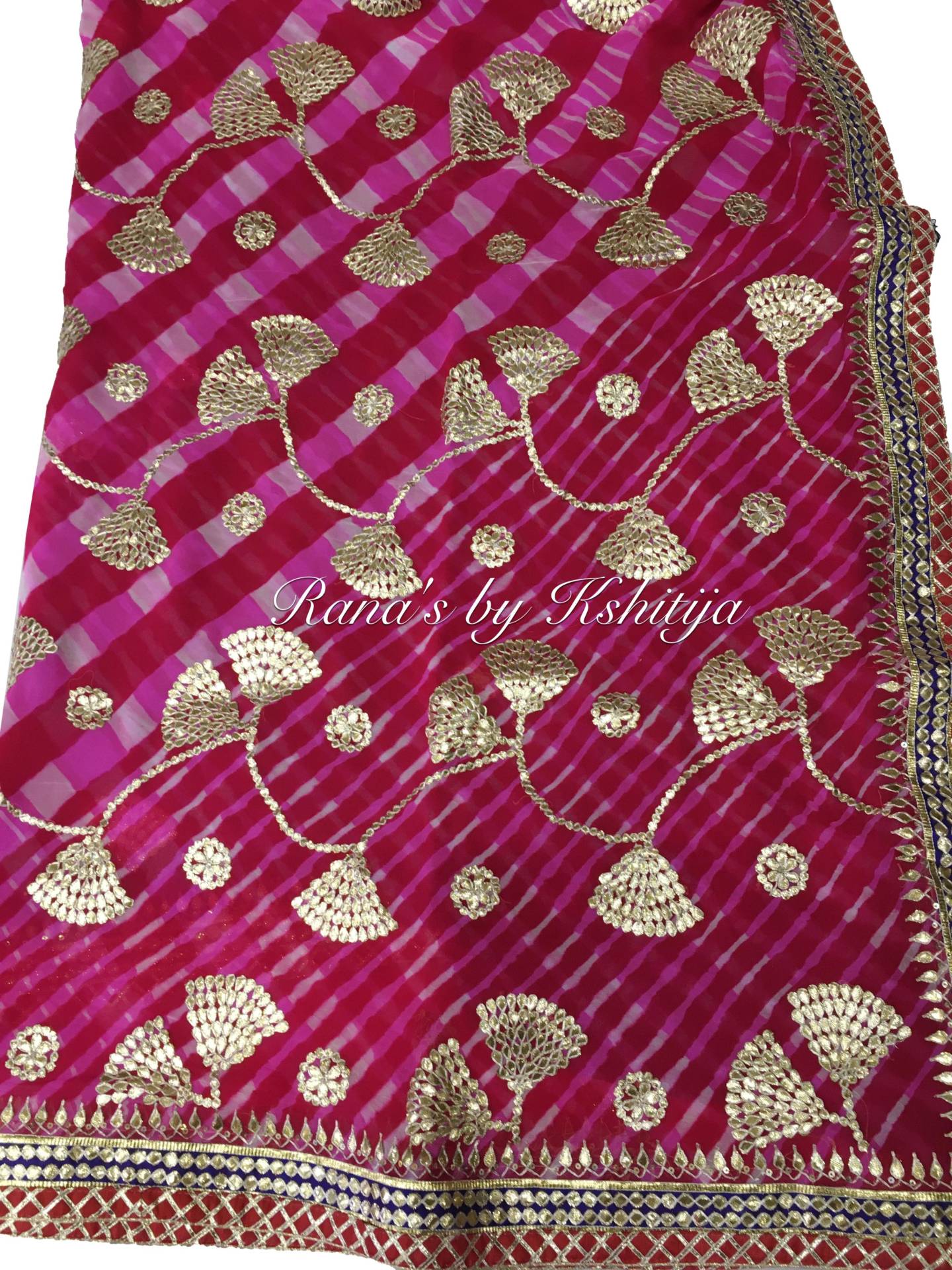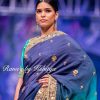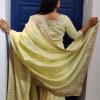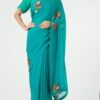
7 Popular Leheriya Pattern and Designs that Deserve Your Attention
Originated by the talented artisans of Rajasthan and Gujarat, the Leheriya pattern is one of the most popular artforms that has its root from ancient times. The process of designing Leheriya involves traditional tie and dye technique that creates unique ripple effects on the fabric in various designs and patterns. Leheriyas depict wave-like patterns and are usually printed on a georgette or chiffon fabric. Leherias are mostly printed on vibrant, bright-colored fabrics to add a touch of traditional vibes to your look.
Invented back in the 19th century, Leheria is still a popular art form in today’s age. Lehariya isn’t simply clothing, in fact, it’s a vibe that truly reflects the culture of Rajasthan. Its designs, patterns, colors, hanging style, not just tells a woman’s instinct with regards to fashion, place where she comes from. Lehariyas are usually printed on light-weighted fabrics like georgette and chiffon, and hence they are ideal to wear irrespective of any climatic condition.
https://www.ranasaree.com/collections/pure-leheriya-sarees/
Types of Leheriya Pattern and Designs
1. Leheriya Saree with Gota Patti Work
The Indian craft of Gota Patti work has its root from the history, a forte of Rajasthan. Got Patti is basically handwork craftsmanship where a metallic lace is made of metal-coated weft yarn. Leheriya pattern sarees are often combined with traditional Gota Patti work at the border to add a touch of “richness” to the saree. A leheria saree with heavy gotta Patti work can be ideal wedding wear and can be worn on special occasions. Gota Patti work is most commonly seen on heavy sarees, rakhis, turbans, jootis, home decor items, etc.
2. Rajasthani Leheriya
It is the most common form of Leheriya where diagonal waves are printed on the fabric. The term “Leheriya” is actually a Hindi word that means “Waves”, hence it has derived its name due to the distinctive patterns and designs that are printed on the fabric using the traditional tie and dye techniques. A Rajasthani Leheriya is popularly worn across India and is considered auspicious especially during the time of the “Teej” festival.
3. Mothara
Mothara is slightly similar to the Rajasthani Leheria but it is printed twice on the fabric. The Lehariya pattern is printed twice on the fabric and is intersected at several points, forming a diamond-like structure known as “Patanga”. Well, Mothara is basically a double-dyed pattern that involves more complex patterns in comparison to a regular Lehariya.
4. Nageena Mothara
Nageena Mothara is a more precise work where gem-like structures are created at equal and regular intervals. Nageena means gems, and hence this artwork is based on curating gem-like shapes on the fabric.
5. Katva Patta Leheriya
The Katva Leheriya pattern is also dyed twice like Mothara and here comes the interesting part. First, the fabric is dyed in one color, the patterns are created, and then it is re-dyed in another color that creates an interesting blend of color combinations.
6. Pachrangi Leheriya
A pachrangi Lehariya Saree is dyed using 5 unique color combinations. When these 5 vibrant colors blend together, it creates a gorgeous effect. A pachrangi leheria is also commonly used as a fabric for men’s turbans and is known for its traditional value.
7. Black Leheriya Saree
Think of something classier and elegant than a black saree? Well, we’re sure your mind must be running out of options. Ever heard of a black leheriya saree? It can be the perfect outfit for gatherings, parties, or any important events if you want to look unique and elegant from the crowd. The black-colored fabric is combined with beautiful patterns of Leheriya designs which makes this attire definitely a must-have outfit for your wardrobe.
FAQs:
What is Leheriya fabric?
Leheriya fabrics are created in unique diagonal, wave-like patterns in distinctive designs. It is one of the most ancient art forms of Rajasthan of how a saree is created using traditional tie and dye techniques by the artisans.
How is Leheriya done?
The process of how a Leheria is created is quite fascinating. First, the fabric is tightly tied at two opposite extreme ends, and then it is rolled in a diagonal form. After tying the fabric, tight knots are tied on the rolled fabric at regular intervals. Then this rolled fabric is tied and dyed in vibrant colors like pink, orange, red, aqua blue, peacock blue, indigo, and so on. After the fabric has been dyed, it is unfolded, the knots are untied and this is how unique and distinctive wave-like patterns are printed on the fabric.
Is Leheriya and Bandhani same?
Both are created using traditional tie and dye techniques but the Leheriya pattern is slightly different from Bandhani. Bandhani is a more dot-like structure whereas Leheriya designs are similar to waves and ripples.
Here were some of the most popular Leheria patterns and designs that are created using a lot of dedication, precision, and hard work. Are you a fan of Leheria and Bandhani tie and dye sarees that originate from Rajasthan? If yes then browse through an exclusive collection of created by intricate details and also by keeping upcoming fashion trends in mind.
Get your shopping cart ready and begin your shopping spree!




